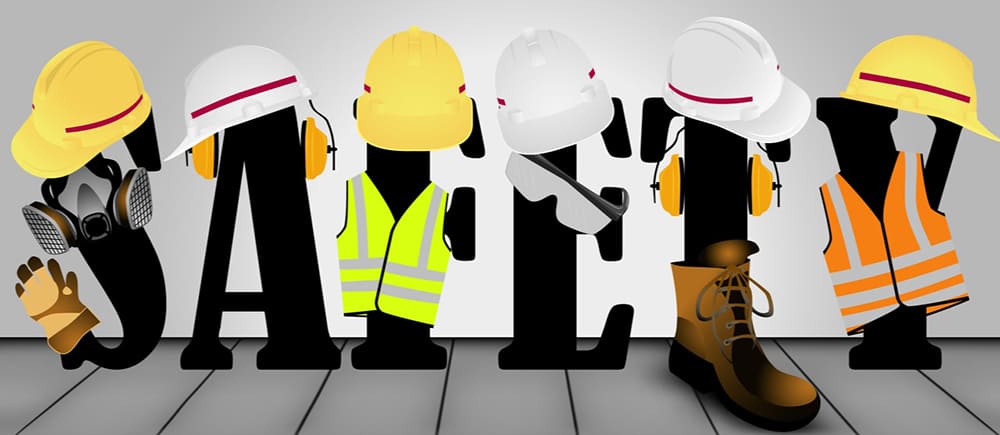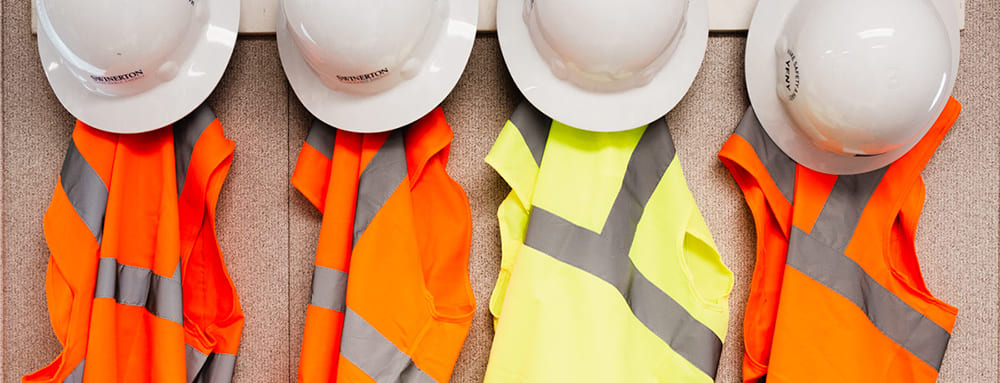What's the Difference Between a Hard Hat and a Helmet?
 Helmet?" />
Helmet?" />
In various industries and activities, head protection is essential to ensure worker safety. Two commonly used head protective gears are hard hats and helmets. Although they serve similar purposes, there are distinct differences between them. This article aims to highlight and clarify the dissimilarities between hard hats and helmets.
1、Design and Construction:
Hard Hats: Hard hats are primarily designed to protect workers from falling objects and impacts in industrial settings. They typically consist of a rigid outer shell made of high-density polyethylene (HDPE) or similar materials. Hard hats often feature a suspension system inside to absorb and distribute the impact energy, increasing user comfort.
Helmets: Helmets, on the other hand, are designed for a broader range of applications, including sports, cycling, and motorcycling. They have a more streamlined and aerodynamic shape compared to hard hats. Helmets incorporate an inner foam liner that provides cushioning and impact absorption, while the outer shell is usually made of tough polycarbonate or fiberglass.
 Helmet?" />
Helmet?" />
2、Purpose and Protection:
Hard Hats: Hard hats primarily focus on protecting workers in industrial or construction environments. They are designed to safeguard against falling objects, debris, and impacts from low heights. Hard hats may also offer limited resistance against electrical shocks, heat, and rain, depending on the specific models.
Helmets: Helmets, on the other hand, are engineered to offer protection in various high-impact activities, including sports and recreational pursuits. They are designed to minimize the risk of head injuries in scenarios such as falls, collisions, or crashes. Helmets often provide enhanced impact absorption and dispersion capabilities to mitigate the force of impacts.
3、Safety Standards and Certifications:
Hard Hats: Hard hats conform to specific safety standards, such as the ANSI/ISEA Z89.1 (USA) or EN 397 (Europe), which outline requirements for impact resistance, electrical insulation, and penetration resistance. These standards ensure that hard hats meet minimum safety criteria for use in industrial and construction environments.
Helmets: Helmets are subject to different safety standards, depending on their intended use. For instance, bicycle helmets comply with standards like CPSC (USA) or EN 1078 (Europe), while motorcycle helmets adhere to DOT (USA) or ECE 22.05 (Europe) certifications. These standards assess factors such as impact protection, strap strength, field of vision, and helmet retention.
 Helmet?" />
Helmet?" />
4、Versatility and Comfort:
Hard Hats: Hard hats are designed with features that cater to the specific needs of industrial workers. They often have accessories like chin straps, rain gutters, and vents to improve user comfort and adaptability to different work environments. However, hard hats may not offer the same level of ventilation and adjustability as helmets.
Helmets: Helmets are typically more versatile, with designs tailored for specific activities. They may feature adjustable straps, ventilation systems, removable liners, and visors to enhance comfort and adaptability. Helmets are designed to accommodate various head shapes and sizes, allowing for a more personalized fit.
While both hard hats and helmets serve the purpose of head protection, their design, construction, purpose, and standards differ significantly. Hard hats prioritize protection in industrial environments, focusing on impact resistance and limited additional features. Helmets, on the other hand, are designed for a wider range of high-impact activities, with enhanced impact absorption and customization options. Understanding these differences is crucial for selecting the appropriate headgear for specific applications, ensuring optimal safety and protection in various work and recreational settings.










